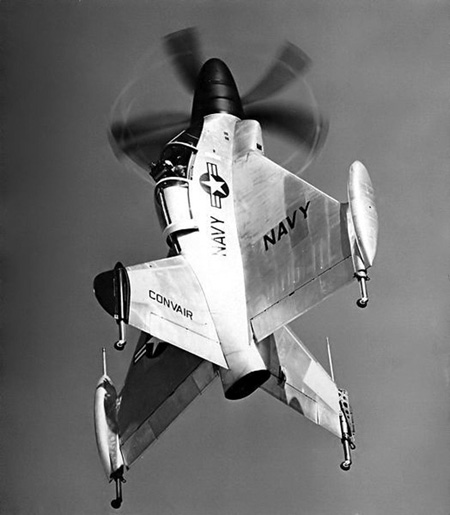
DARPA awarded Northrop Grumman US$93 million for under the 3rd phase of the Tern program. The company will develop and demonstrate an innovative tail-sitting, flying-wing aircraft with twin counter-rotating, nose-mounted propellers that will be able to deploy from the flight decks of frigates. The propellers would lift the aircraft from a ship deck, orient it for horizontal flight and provide propulsion to complete a mission. They would then reorient the craft upon its return and lower it to the ship deck. The system would fit securely inside the ship when not in use.

Tern is a joint program between DARPA and the U.S. Navy’s Office of Naval Research (ONR), that seeks to develop an unmanned aerial system that deploys from frigates and destroyer size vessels, to perform medium altitude, long endurance (MALE) missions. DARPA has awarded Phase 3 of Tern to a team led by the Northrop Grumman Corporation.
Under this contract Northrop Grumman will build a full-scale demonstrator drone of this type to be used in ground-based testing. If successful, the program will proceed to demonstrate the drone’s capability to deploy at sea, performing takeoff, transition to and from horizontal flight, and landing—all from a test platform with a deck size similar to that of a destroyer or other small surface-combat vessel.
Ideally, Tern would enable on-demand, ship-based unmanned aircraft systems (UAS) operations without extensive, time-consuming and irreversible ship modifications. It would provide small ships with a “mission truck” that could transport ISR and strike payloads to very long distances from the host vessel. The solution would support field-interchangeable mission packages for both overland and maritime missions. It would operate from multiple ship types and in elevated sea states.
This is an abstract of 860 word article available for Defense-Update members.



















